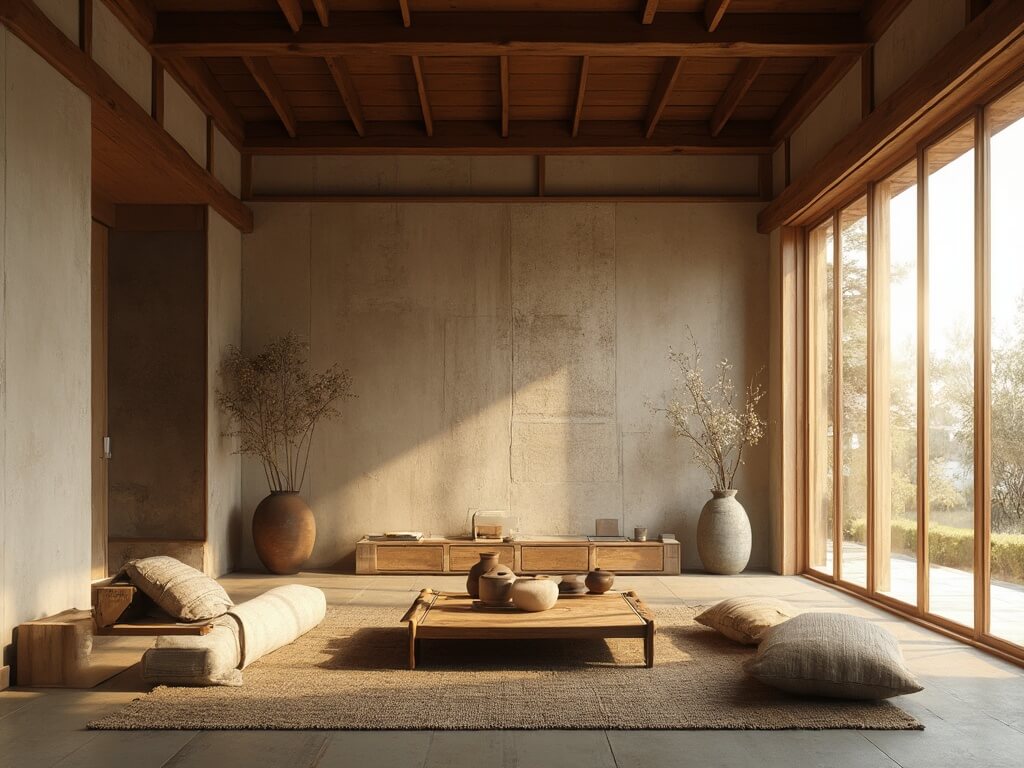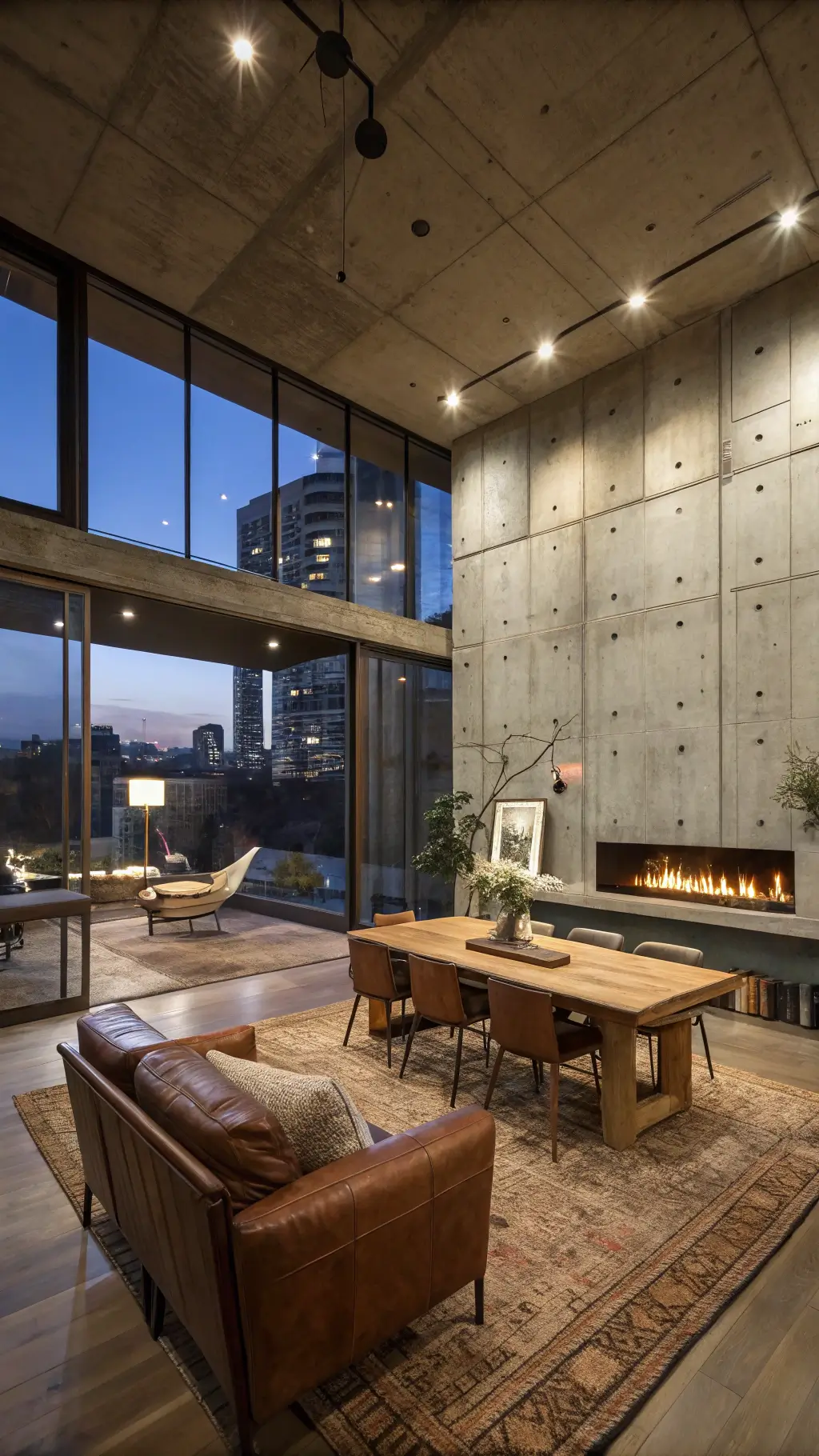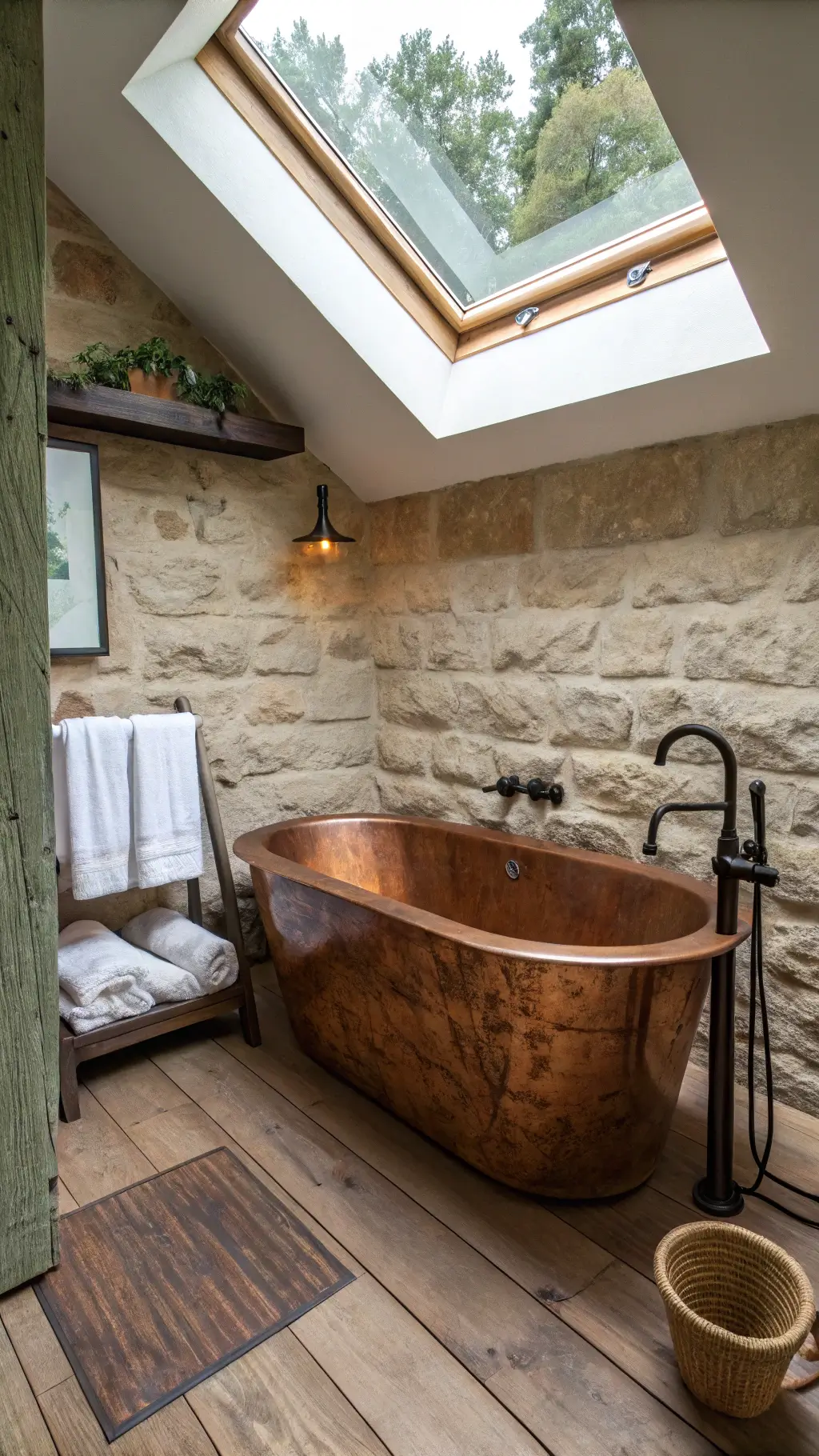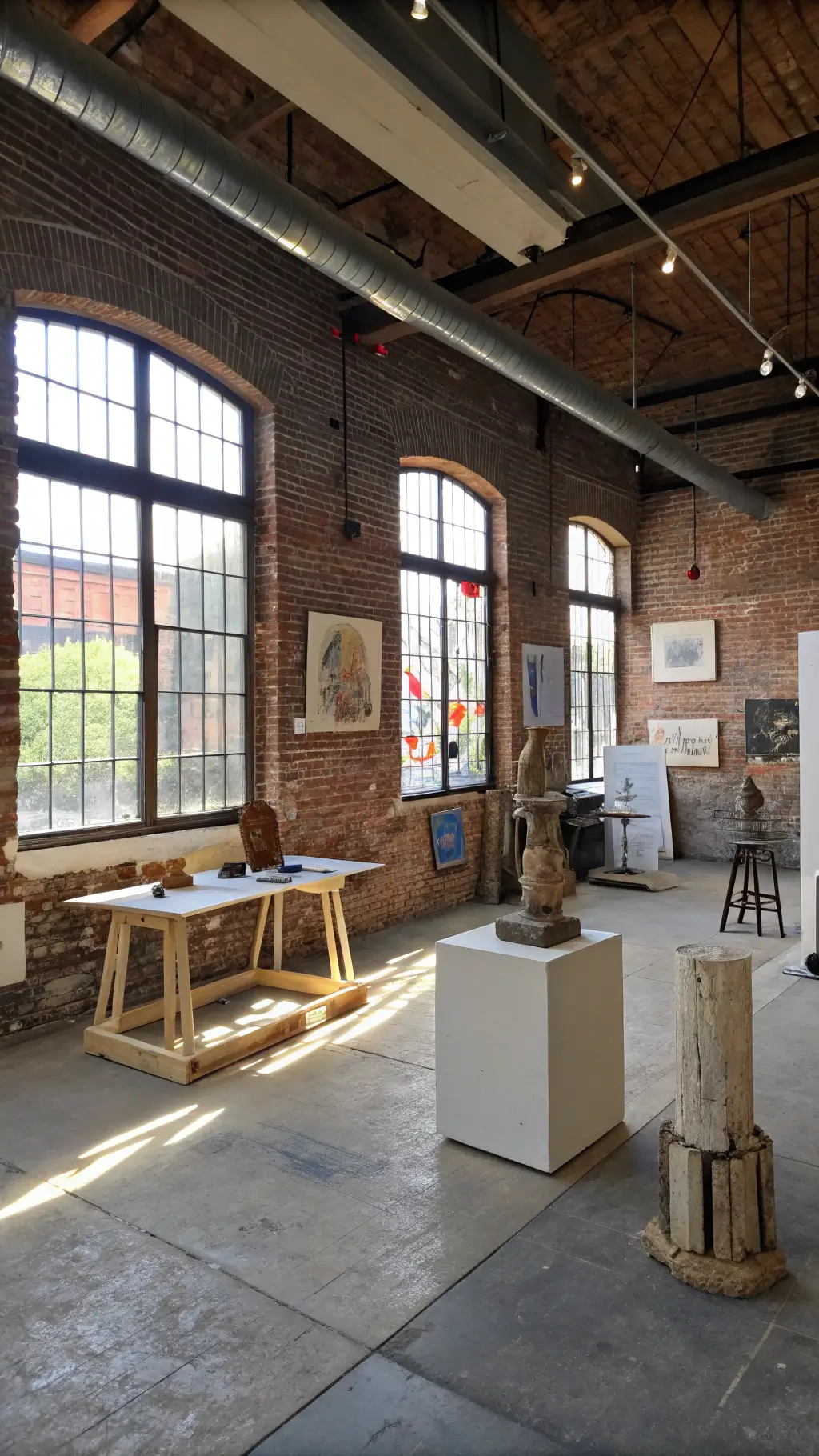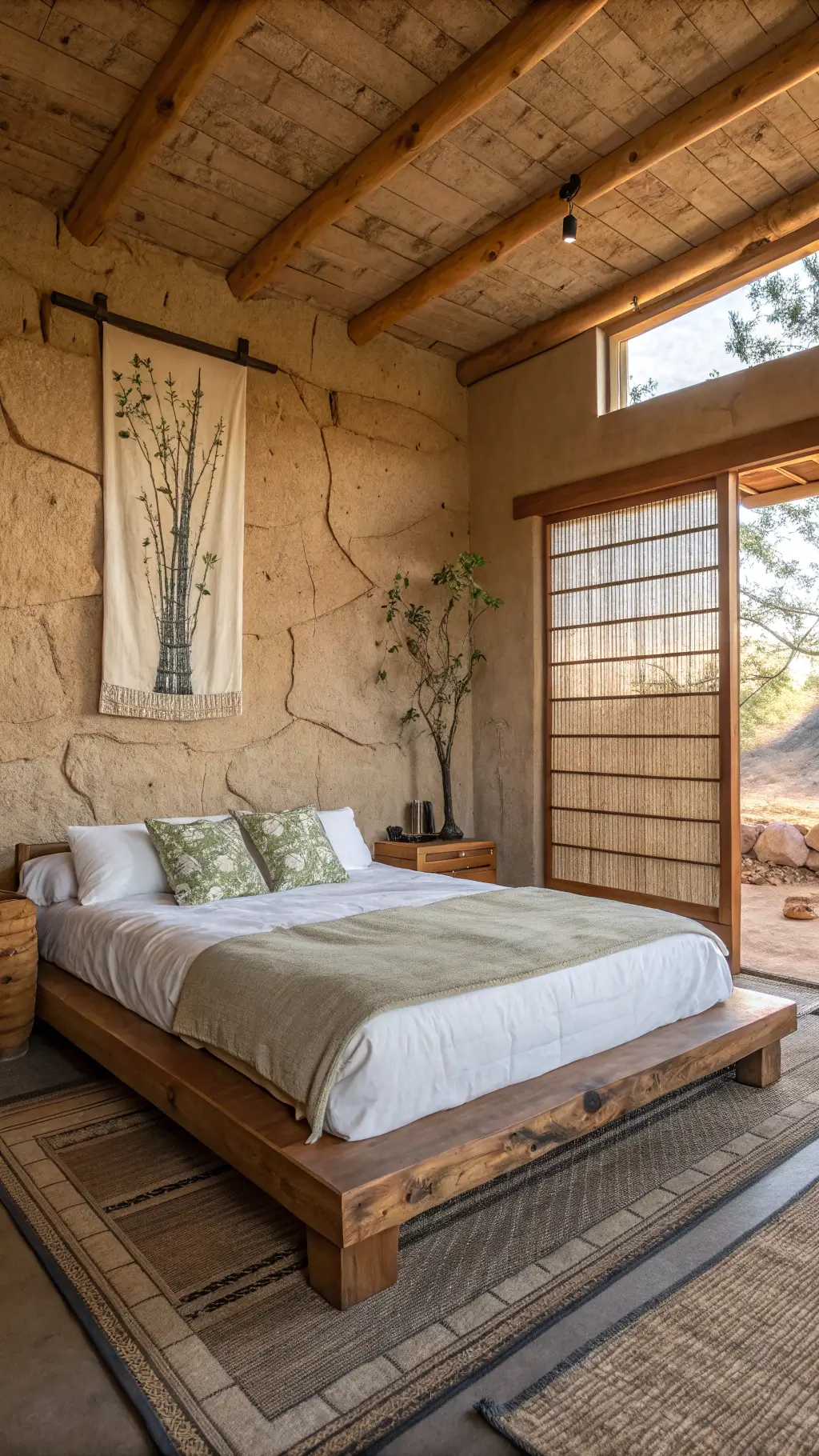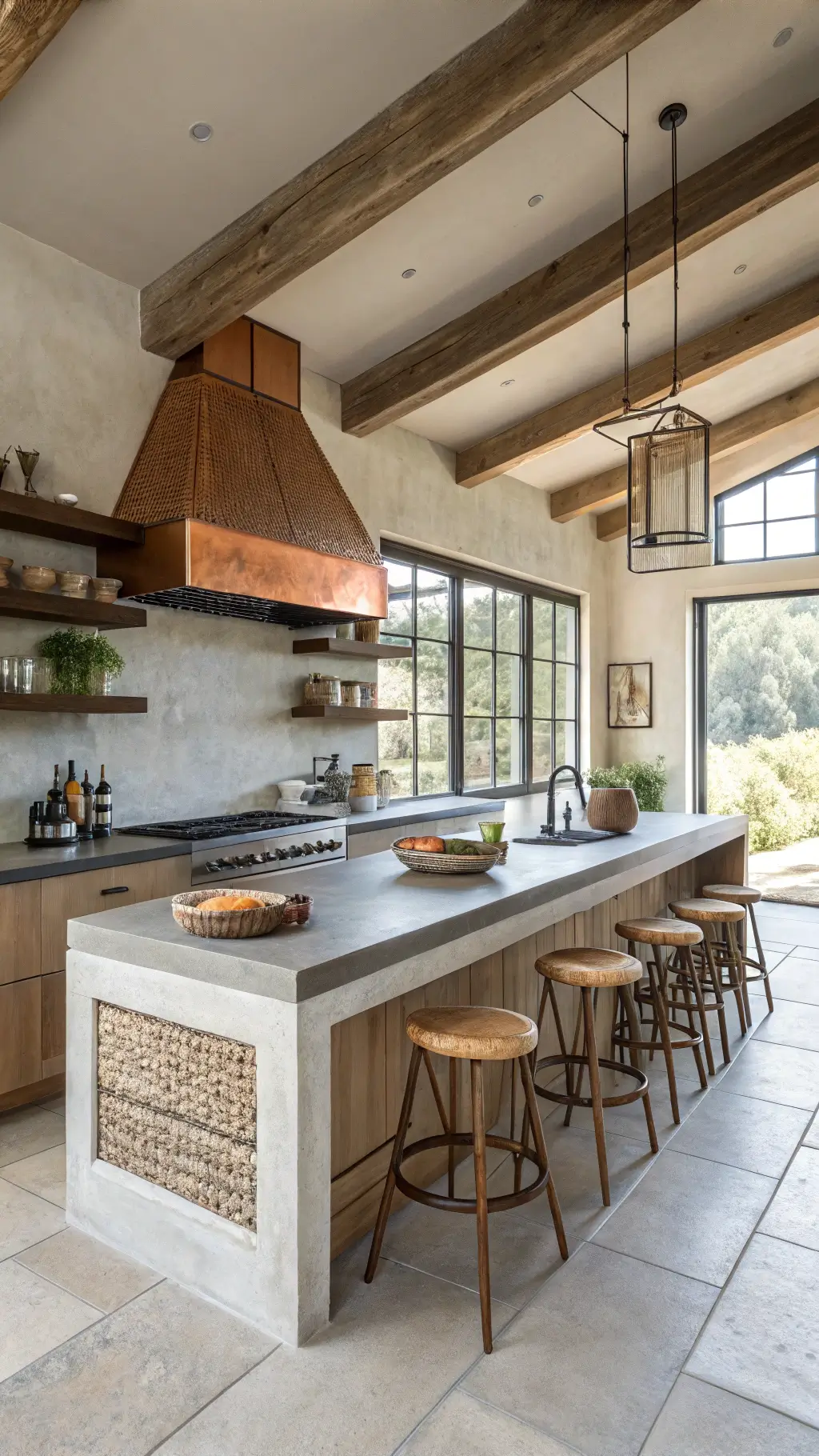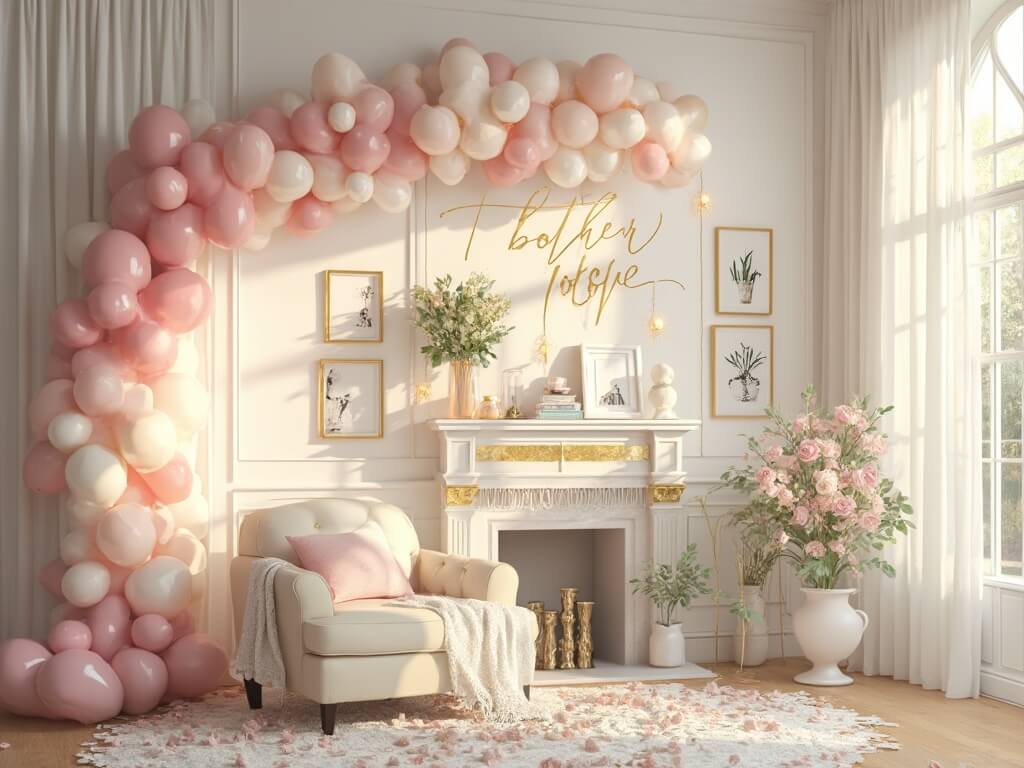What Exactly is Wabi-Sabi Architecture?
Wabi-sabi isn’t just a design style; it’s a profound Japanese philosophy that celebrates:
- Imperfection as beauty
- Natural aging processes
- Authentic material expressions
- Simplicity in its most raw form
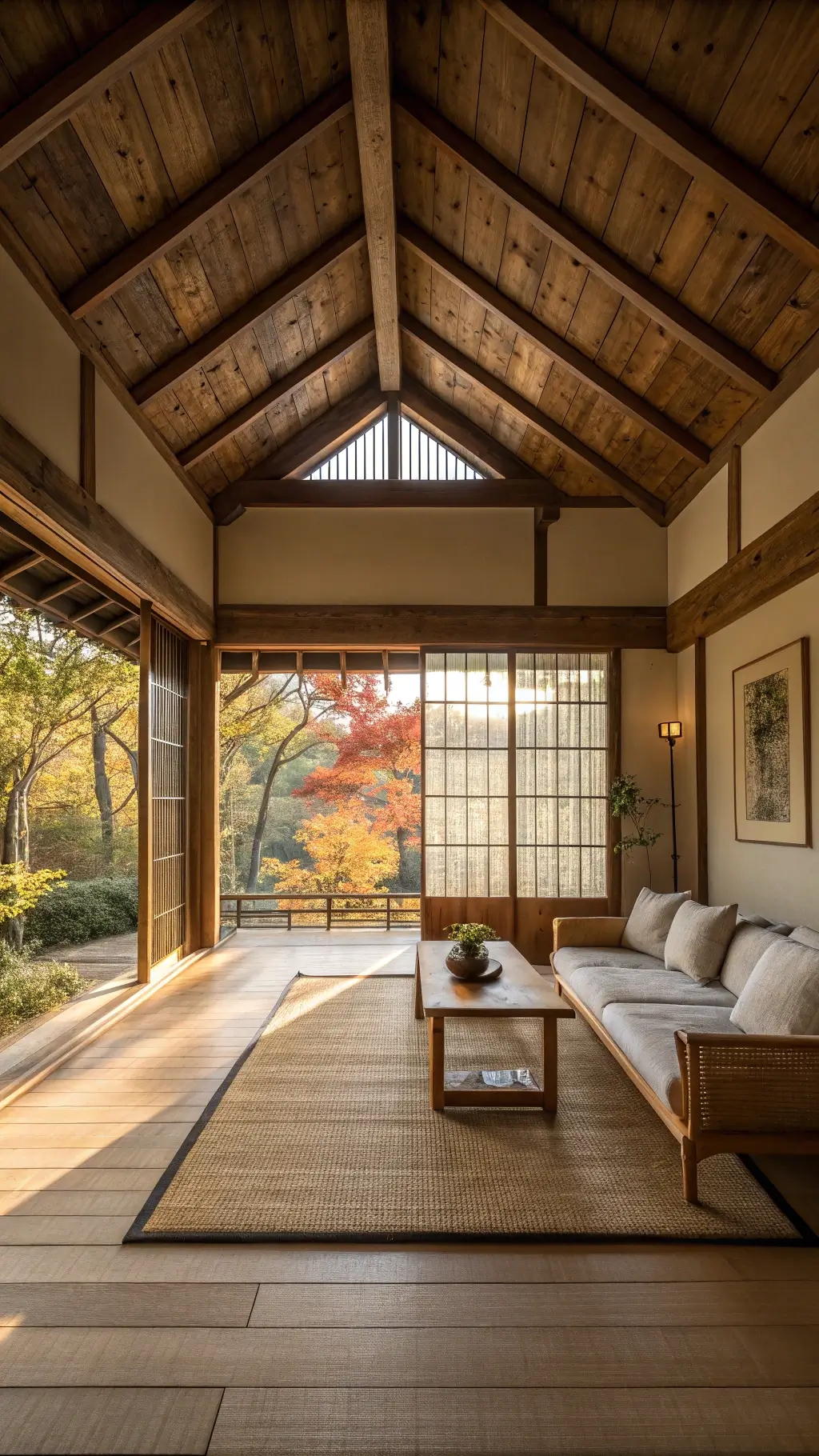
The Heart of Wabi-Sabi: Breaking Design Stereotypes
Embracing the Beautifully Flawed
Traditional design screams perfection. Wabi-sabi whispers vulnerability.
Key characteristics include:
- Rough, unpolished textures
- Intentional asymmetry
- Materials that show their true nature
- Colors that reflect earth’s natural palette
Materials That Tell a Story
Forget marble and chrome. Wabi-sabi loves:
- Untreated wood
- Raw stone
- Unglazed clay
- Natural fibers
Each material carries its own narrative of growth, wear, and transformation.
Real-World Architectural Gems
Ise Grand Shrine: The Ultimate Wabi-Sabi Experience
This Japanese landmark embodies wabi-sabi’s core principles:
- Rebuilt every 20 years
- Uses entirely natural, untreated materials
- Symbolizes continuous renewal
- Demonstrates impermanence as a design philosophy
Tadao Ando’s Water Temple: Poetry in Concrete
A masterpiece that showcases:
- Asymmetrical architectural lines
- Raw concrete surfaces
- Harmonious integration with surrounding landscape
- Minimalist spatial experiences
Why Wabi-Sabi Matters in Modern Design
In our hyper-polished world, wabi-sabi offers:
- Sustainability
- Emotional depth
- Connection to natural processes
- Mindful living spaces
Practical Tips for Embracing Wabi-Sabi in Your Space
- Choose materials with visible grain and texture
- Allow natural weathering
- Prioritize simplicity over complexity
- Celebrate small imperfections
- Use a neutral, earthy color palette
The Philosophical Underpinning
Wabi-sabi isn’t just design – it’s a worldview that says:
- Perfection is boring
- Aging is beautiful
- Authenticity trumps uniformity
Closing Thoughts
Wabi-sabi architecture invites us to see beauty differently. It’s about finding elegance in the worn, wisdom in the weathered, and peace in the imperfect.
Remember: True beauty isn’t about flawlessness, but about character, story, and genuine expression.

